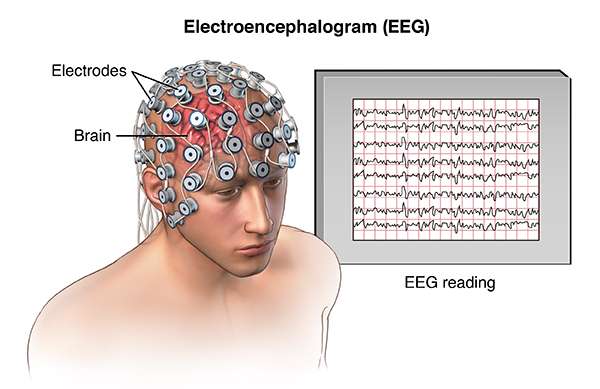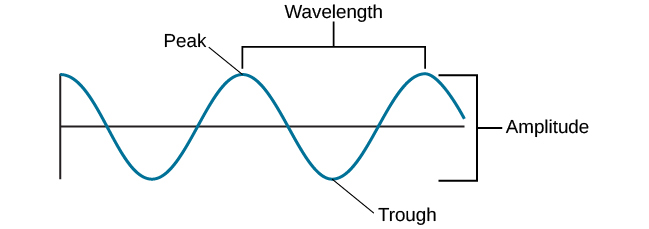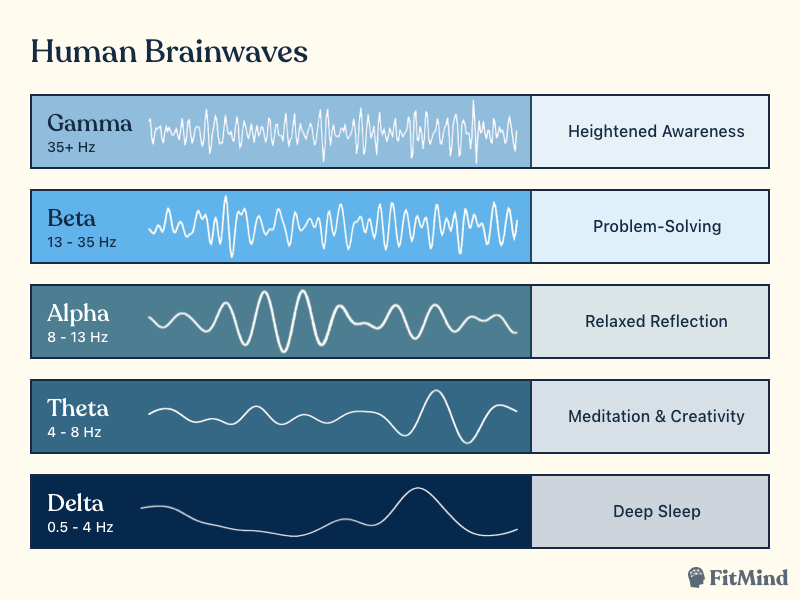用户:Grotton JXz Donbrako/Psychology/Chapter 5
目录
页面介绍
本页面所转载文章出自APPsychPrep网站所分享幻灯片[1],由GJD转载。
转载时有改动,无任何原内容省略。
正文
History of Psychology: Dualism and Monism
- Dualists believe humans (and the universe) consists of thought and matter (each independent of one another).
- Matter is everything that has substance; thought is a non-material aspect that arises from matter.
- Monists believe that everything is the same substance, and thought and matter are one in the same thing.
States of Consciousness
- Consciousness is our level of awareness about ourselves and our environment.
- Conscious level: Information about you and your environment that you are currently aware of.
- Nonconscious level: Bodily processes, like heart rate and breathing, that you are not usually aware of.
- Preconscious level: Information about you or your environment that you are not currently thinking about but you could be; What's your favorite color?
- Subconscious level: Information that you are not consciously aware of, but researchers know exists due to our behavior – Mere Exposure Effect as an example.
- Unconscious level: Psychoanalytic theory suggests some events and feelings are unacceptable to our conscious minds and are repressed into the unconscious mind (examples, sexual fantasies, hurtful memories, embarrassment, etc.).
- Circadian Rhythm: During a 24-hour day, our metabolic processes follow a certain pattern.
- One way we can study the circadian rhythm is by using an electroencephalograph(EEG).
- An EEG is a device that measures and records the electrical activity of your brain.




| 阶段 | Cause of Behavior |
(待补充)